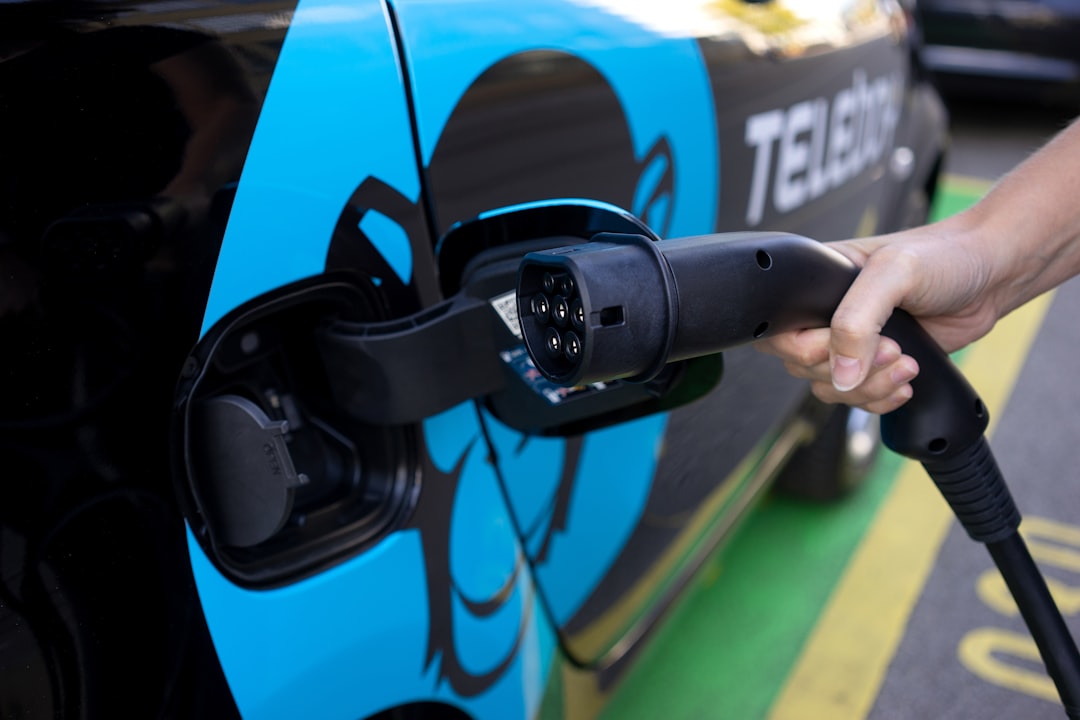The automobile industry has been a major contributor to the global economy for decades. However, with the increasing concerns about climate change and environmental sustainability, the industry is facing a major shift towards greener and more sustainable solutions.
As a result, the demand for professionals with a diploma in automobile engineering is on the rise, as they are equipped with the knowledge and skills to design and develop sustainable solutions for the automotive industry.
In this article, we will explore the importance of sustainable solutions in automobile engineering and how professionals in this field are paving the way for a greener future.
The Need for Sustainable Solutions in Automobile Engineering
The transportation sector is responsible for a significant portion of global carbon emissions, with the majority coming from road vehicles. This has led to a growing concern about the impact of the automotive industry on the environment and the need for sustainable solutions.
Reducing Carbon Emissions
by Markus Spiske (https://unsplash.com/@markusspiske)
One of the main goals of sustainable solutions in automobile engineering is to reduce carbon emissions from vehicles. This can be achieved through the use of alternative fuels, such as electricity, hydrogen, and biofuels, which produce lower or zero emissions compared to traditional fossil fuels.
Electric vehicles (EVs) have gained popularity in recent years, with many major car manufacturers investing in the development of electric models. These vehicles run on electricity stored in batteries, eliminating the need for gasoline or diesel. This not only reduces carbon emissions but also reduces our dependence on non-renewable resources.
Improving Fuel Efficiency
Another aspect of sustainable solutions in automobile engineering is improving fuel efficiency. This can be achieved through the use of lightweight materials, aerodynamic designs, and advanced engine technologies.
Lightweight materials, such as carbon fiber and aluminum, reduce the weight of the vehicle, making it more fuel-efficient. Aerodynamic designs, such as streamlined bodies and low-drag tires, reduce air resistance and improve fuel efficiency. Advanced engine technologies, such as hybrid systems and start-stop systems, also contribute to improving fuel efficiency.
Recycling and Reusing Materials
by Ryan Wallace (https://unsplash.com/@accrualbowtie)
Sustainable solutions in automobile engineering also focus on the recycling and reusing of materials. This not only reduces the environmental impact of the industry but also helps to conserve natural resources.
Many car manufacturers have implemented recycling programs for end-of-life vehicles, where materials such as steel, aluminum, and plastic are recovered and reused in the production of new vehicles. This reduces the need for raw materials and minimizes waste.
The Role of Professionals in Automobile Engineering
Professionals with a diploma in automobile engineering play a crucial role in the development and implementation of sustainable solutions in the automotive industry. They are equipped with the knowledge and skills to design, develop, and test new technologies and materials that contribute to a greener future.
Designing Sustainable Vehicles
by Markus Spiske (https://unsplash.com/@markusspiske)
Automotive designers are responsible for creating the overall look and feel of a vehicle. With the shift towards sustainable solutions, they are now incorporating eco-friendly materials and designs into their creations.
For example, designers are using lightweight materials, such as bamboo and recycled plastic, in the interior of vehicles. They are also incorporating aerodynamic designs and alternative fuel systems into their designs to improve fuel efficiency and reduce emissions.
Developing Advanced Technologies
Automobile engineers are responsible for developing advanced technologies that contribute to sustainable solutions in the industry. This includes the development of electric and hybrid vehicles, as well as advanced engine technologies.
They also work on improving the efficiency of traditional engines, such as gasoline and diesel engines, through the use of new materials and designs. This not only reduces emissions but also improves fuel efficiency.
Testing and Quality Control
by Graham Ruttan (https://unsplash.com/@gramdaman)
Professionals in automobile engineering also play a crucial role in testing and quality control. They ensure that new technologies and materials meet safety and environmental standards before they are implemented in production vehicles.
This includes testing for emissions, fuel efficiency, and durability. By ensuring that sustainable solutions are safe and effective, they contribute to the overall success of the industry’s shift towards greener practices.
Real-World Examples of Sustainable Solutions in Automobile Engineering
The automotive industry has already made significant progress in implementing sustainable solutions. Here are some real-world examples of how professionals in this field are paving the way for a greener future.
Tesla’s Electric Vehicles
Tesla, a leading electric vehicle manufacturer, has been at the forefront of the industry’s shift towards sustainable solutions. Their electric vehicles have a range of over 300 miles per charge and produce zero emissions.
In addition to their electric vehicles, Tesla also produces solar panels and energy storage systems, further contributing to a greener future.
Toyota’s Hybrid Vehicles
by Tommy Krombacher (https://unsplash.com/@ftm3000)
Toyota has been a pioneer in the development of hybrid vehicles, which use a combination of gasoline and electric power to improve fuel efficiency and reduce emissions.
Their Prius model, first introduced in 1997, has become one of the most popular hybrid vehicles in the world. Toyota continues to invest in the development of new hybrid technologies, with the goal of reducing emissions and improving fuel efficiency.
The Future of Sustainable Solutions in Automobile Engineering
The future of sustainable solutions in automobile engineering looks promising. With the increasing demand for greener practices and the advancements in technology, we can expect to see even more innovative solutions in the coming years.
Autonomous Vehicles
by Shiming Wan (https://unsplash.com/@vansmean)
Autonomous vehicles, also known as self-driving cars, have the potential to revolutionize the automotive industry. These vehicles use advanced technologies, such as sensors and artificial intelligence, to navigate and operate without human input.
In addition to improving safety and efficiency, autonomous vehicles also have the potential to reduce emissions by optimizing routes and reducing traffic congestion.
3D Printing
3D printing technology has the potential to revolutionize the production process of vehicles. This technology allows for the creation of complex and lightweight parts, reducing the weight of vehicles and improving fuel efficiency.
It also allows for the customization of parts, reducing waste and improving efficiency in the production process.
Conclusion
Sustainable solutions in automobile engineering are crucial for the future of the automotive industry. With the increasing concerns about climate change and environmental sustainability, professionals in this field play a crucial role in designing, developing, and implementing greener practices.
As the demand for professionals with a diploma in automobile engineering continues to rise, we can expect to see even more innovative and sustainable solutions in the industry, paving the way for a greener future.

















